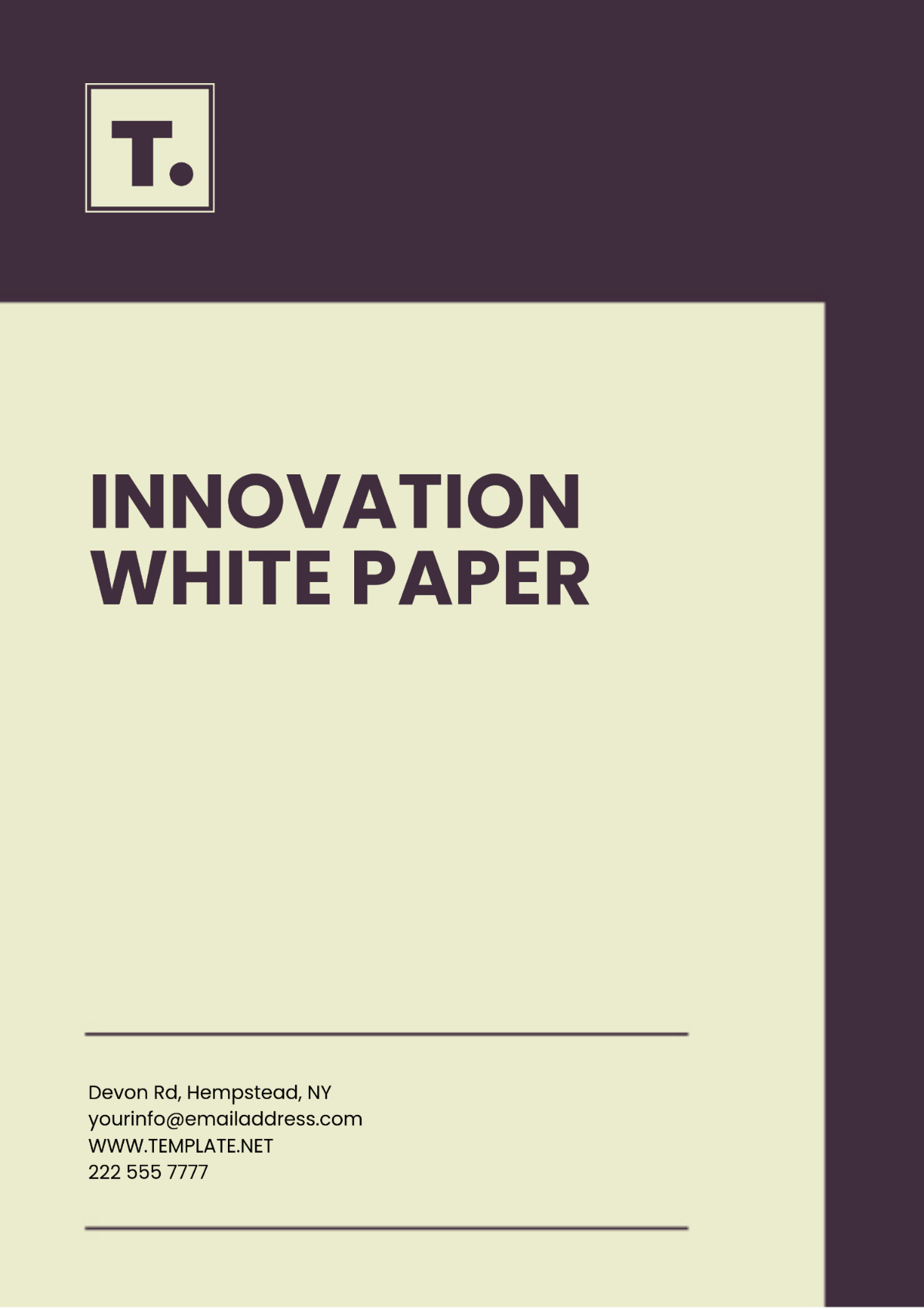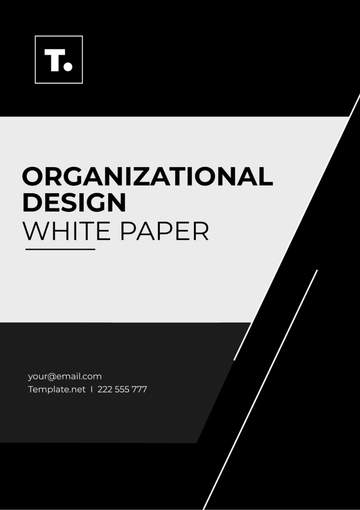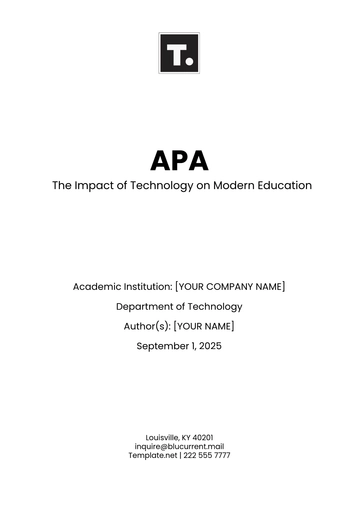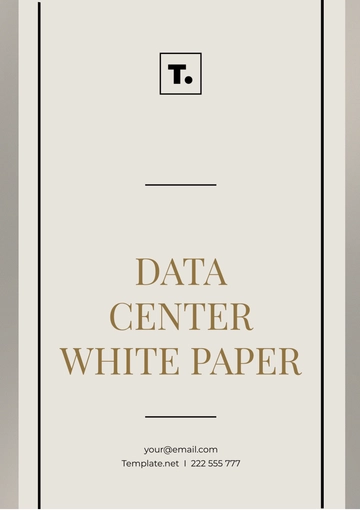Free Innovation White Paper


I. Introduction
Innovation is the lifeblood of any successful organization, driving competitiveness, growth, and resilience in an ever-changing marketplace. However, fostering a culture of innovation requires more than just lip service; it demands a concerted effort to cultivate an environment where creativity thrives, collaboration flourishes, and experimentation is encouraged. This white paper aims to provide innovation managers with a roadmap for building such a culture within their teams and organizations, equipping them with the necessary frameworks, tools, and practical advice to drive innovation excellence.
II. Understanding the Importance of Innovation Culture
Before delving into the specifics of fostering innovation, it is crucial to understand why cultivating an innovation culture is vital for organizational success. A robust innovation culture not only attracts top talent but also empowers employees to think outside the box, take calculated risks, and push the boundaries of what is possible. Moreover, it enables organizations to adapt to changing market dynamics, anticipate customer needs, and seize new opportunities ahead of the competition.
III. Framework for Fostering Innovation
Building a culture of innovation requires a multifaceted approach that addresses various aspects of organizational dynamics. The following framework outlines key pillars for fostering innovation:
Leadership Commitment:
Senior leaders must champion innovation initiatives, setting the tone from the top and allocating resources to support innovative endeavors.
Empowering Employees:
Empowerment is essential for fostering a sense of ownership and autonomy among employees, enabling them to unleash their creative potential and contribute meaningfully to innovation efforts.
Creating a Safe Environment for Experimentation:
Failure is an inevitable part of the innovation process. Creating a safe space where employees feel comfortable taking risks and learning from failures is critical for fostering a culture of experimentation.
Encouraging Cross-Functional Collaboration:
Innovation thrives at the intersection of diverse perspectives and expertise. Encouraging collaboration across departments and disciplines can spark new ideas and drive innovation forward.
Embracing Diversity and Inclusion:
A diverse and inclusive workforce fosters creativity and innovation by bringing together individuals with different backgrounds, experiences, and perspectives.
IV. Practical Tools and Techniques
In addition to the overarching framework, innovation managers can leverage a variety of practical tools and techniques to support innovation efforts within their organizations. Some of these include:
Ideation Sessions: Structured brainstorming sessions designed to generate new ideas and solutions to specific challenges.
Design Thinking Workshops: A human-centered approach to innovation that emphasizes empathy, ideation, and prototyping to solve complex problems.
Hackathons and Innovation Challenges: Time-bound events that encourage teams to collaborate and rapidly prototype new solutions to predefined challenges.
Innovation Metrics and KPIs: Establishing key performance indicators (KPIs) to track and measure innovation progress, such as idea generation rate, time to market, and return on investment (ROI).
V. Case Studies
To illustrate the effectiveness of the proposed framework and tools, this white paper includes real-world case studies highlighting organizations that have successfully fostered cultures of innovation. These case studies offer valuable insights and practical lessons that innovation managers can apply within their organizations.
VI. Conclusion
In conclusion, fostering a culture of innovation is not a one-size-fits-all endeavor; it requires a tailored approach that takes into account the unique characteristics and challenges of each organization. By implementing the framework, tools, and techniques outlined in this white paper, innovation managers can create an environment where creativity, collaboration, and experimentation thrive, driving sustainable growth and competitive advantage in today's dynamic business landscape.
VII. References
A list of references and further reading materials is provided for those interested in delving deeper into the topic of fostering a culture of innovation.
For further inquiries or assistance, please contact [Your Name] at [Your Email].
- 100% Customizable, free editor
- Access 1 Million+ Templates, photo’s & graphics
- Download or share as a template
- Click and replace photos, graphics, text, backgrounds
- Resize, crop, AI write & more
- Access advanced editor
Foster a culture of innovation with Template.net's editable and customizable white paper template. Compatible with our Ai Editor Tool, crafting compelling narratives becomes effortless. Tailor content to reflect cutting-edge ideas, ensuring clarity and professionalism. Drive transformative change with this versatile template.





























